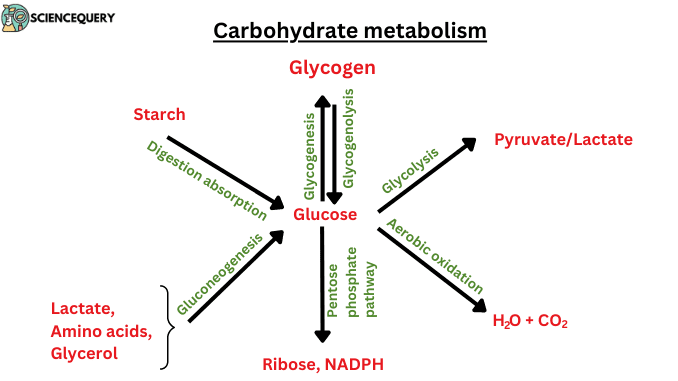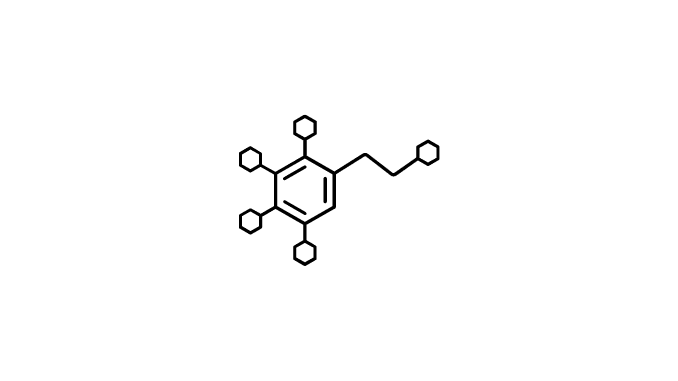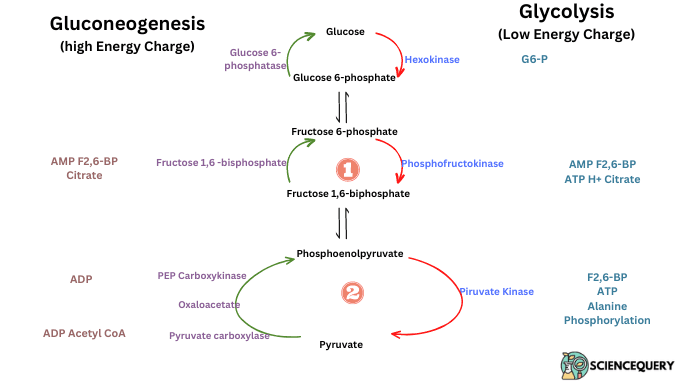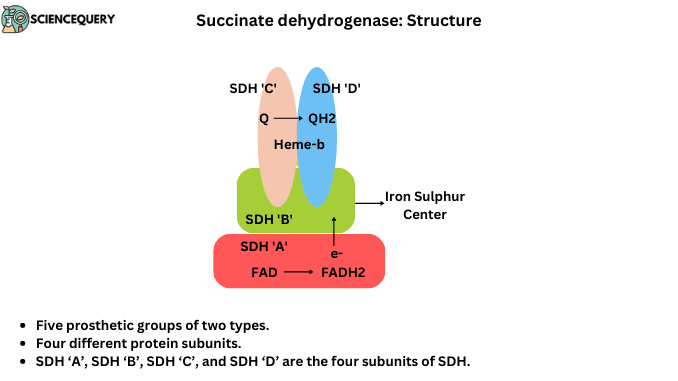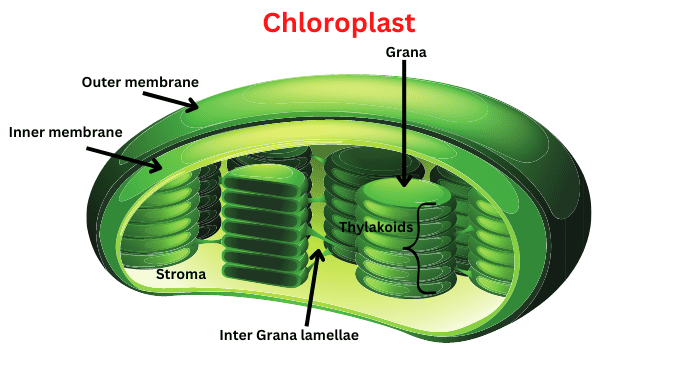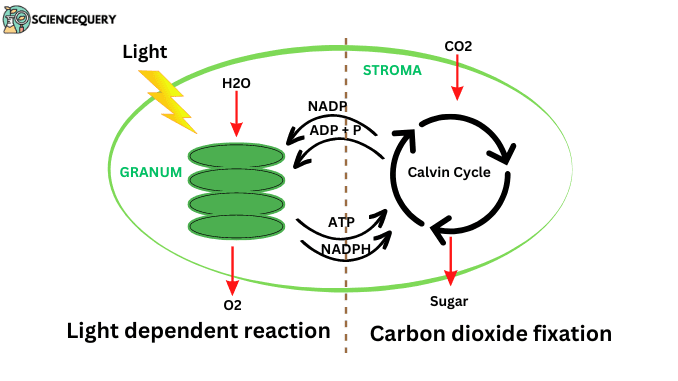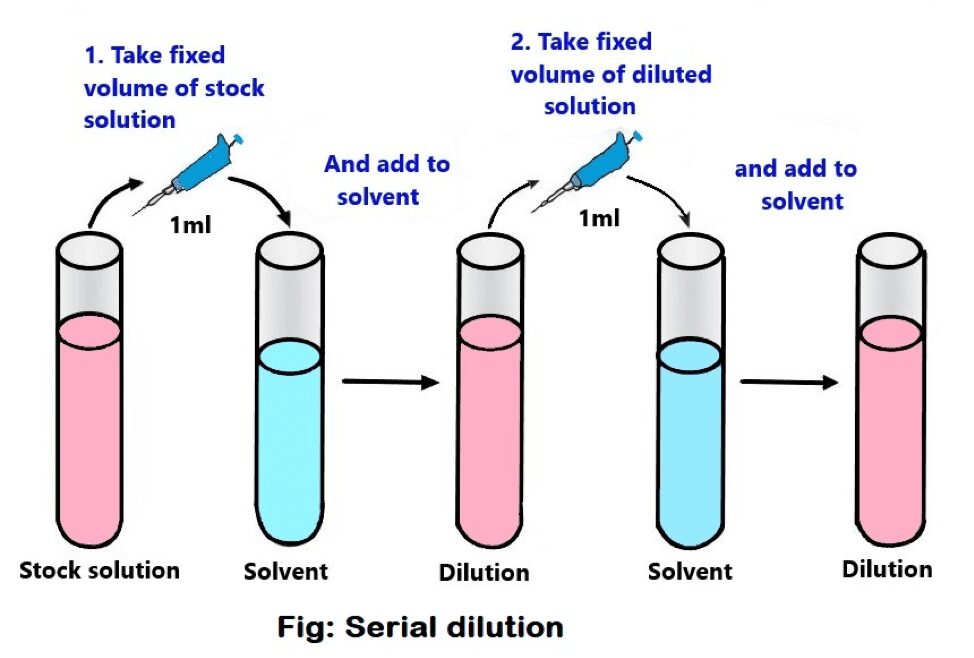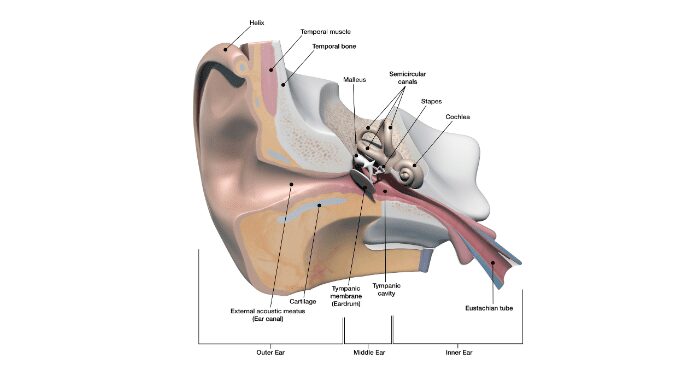Define carbohydrate metabolism
Know in one minute about carbohydrate metabolism Carbohydrate metabolism is a process that degrades glucose into simpler compounds and produces energy. This energy is used in several biosynthesis processes. These are the following major pathway of glucose metabolism- Glycolysis TCA cycle or Krebs cycle Glycogenesis Glycogenolysis Gluconeogenesis Pentose phosphate pathway Uronic acid pathway Introduction Carbohydrate […]
Define carbohydrate metabolism Read More »

